Irish Beef Stew Slow Cooker
Irish Beef Stew Slow Cooker
This recipe will give you a quick and delicious alternative to powdered brown gravy mixes (that often include dairy in their ingredients). The result is a delicious stew that is just as rich and will warm. If you are searching for root vegetable beef stew pioneer woman, how long to cook beef stew in the slow cooker, thick beef stew slow cooker, beef and root vegetable stew slow cooker, crockpot beef stew with root vegetables, or even simple beef stew slow cooker, then this crock pot beef stew with root vegetables is exactly the ultimate slow cooker beef stew recipe you need. We hope that this Irish Beef Stew Slow Cooker recipe inspires you.
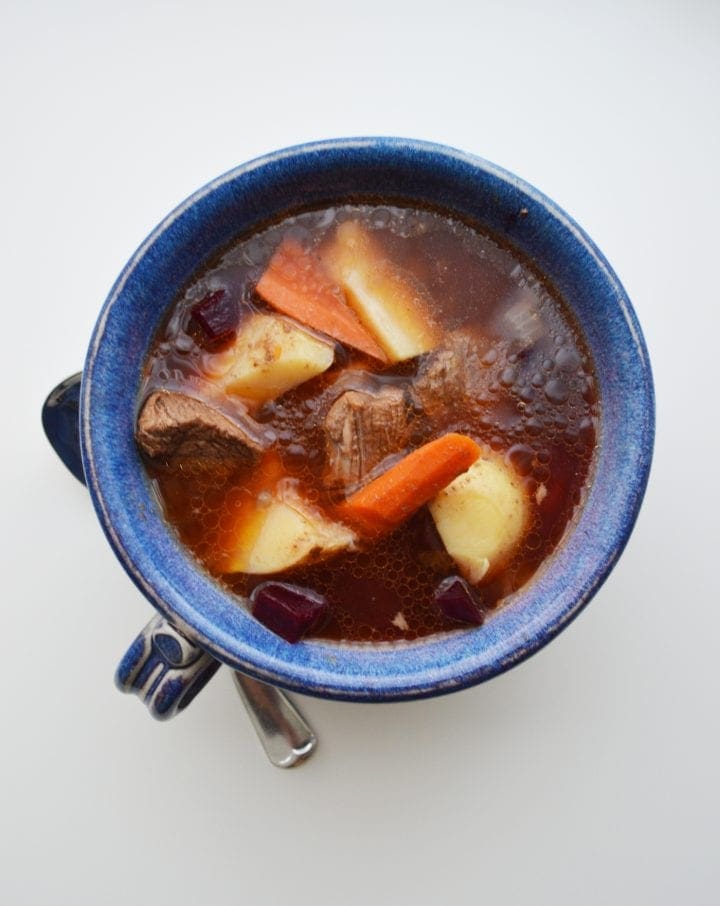

Irish Beef Stew Slow Cooker
Ingredients
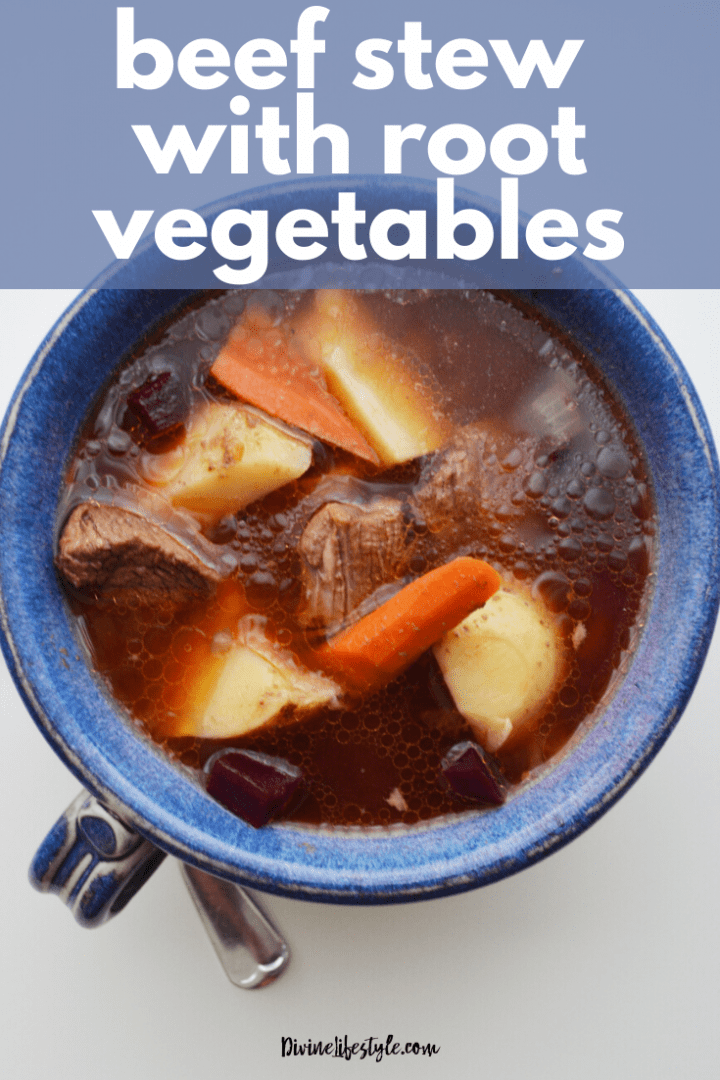
Irish Beef Stew Slow Cooker
Directions
- Thoroughly wash all veggies then cut them into uniform pieces for even cooking.
- Add beef broth, A1, and Worcestershire into your slow cooker and whisk thoroughly, add chopped onion, garlic, and meat.
- Cook on low for about 8-10 hours.
- Roughly 1-2 hours before serving add in potatoes, beets, and carrots. Please note that cook times will vary with most slow cookers and based on the size of your meat and veggies.
- Let cool for a few minutes before serving.
- After cooling, refrigerate for up to 5 days. Freeze for up to 6 months.
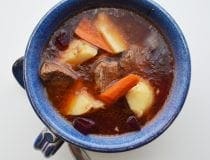
Slow Cooker Beef Stew with Root Vegetables
Ingredients:
Directions:
- Thoroughly wash all veggies then cut into uniform pieces for even cooking.
- Add beef broth, A1 and Worcestershire into your slow cooker and whisk thoroughly, add chopped onion, garlic and meat.
- Cook on low for about 8-10 hours.
- Roughly 1-2 hours before serving add in potatoes, beets and carrots. Please note that cook times will vary with most slow cookers and based on the size of your meat and veggies.
- Let cool for a few minutes before serving.
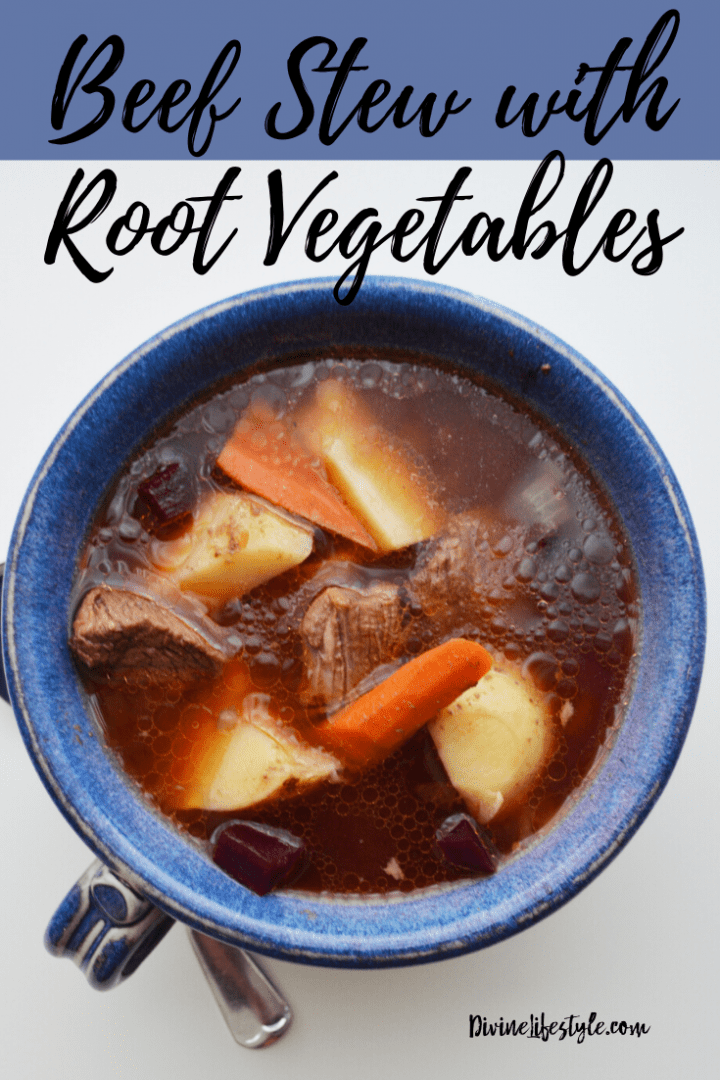
History of Irish Beef Stew
The history of Irish beef stew, a comforting and hearty dish synonymous with Irish cuisine, is steeped in tradition and adaptation.
Early Influences: The concept of stewing meat with vegetables likely dates back to the Celtic ancestors of the Irish people, using readily available ingredients like mutton and root vegetables. During the Middle Ages, stews became increasingly common across Europe, with variations emerging in different regions. The Irish likely drew inspiration from these broader culinary trends.
Possible Origins: Early versions of Irish stew probably featured mutton, a more common meat than beef then. This aligns with the stew's role as a hearty and affordable meal for rural communities. Some historians suggest the stew was influenced by English “pottages” introduced during the English conquest of Ireland in the 17th century. However, the Irish likely adapted this influence to their ingredients and preferences.
Evolution and Variations: As the availability of beef increased in the 19th century, it gradually replaced mutton as the primary meat in the stew. This shift reflects changing economic realities and preferences. Different regions in Ireland developed their variations, incorporating local ingredients like Guinness in Dublin or seafood in coastal areas.
Paleo Instant Pot Beef Stew
Cultural Significance: Irish stew embodies warmth, comfort, and shared meals, becoming a staple in Irish kitchens and a symbol of national identity. The stew finds its way into Irish literature, appearing in works like James Joyce's “Ulysses” and Seamus Heaney's “Death of a Naturalist,” further solidifying its cultural significance.
Modern Interpretations: Chefs have incorporated gourmet ingredients and modern techniques, showcasing the versatility of the dish while staying true to its core principles. The stew remains a popular home-cooked meal, passed down through generations with variations reflecting personal preferences and family traditions.
Regional Variations of Beef Stew in Ireland
- Guinness Stew in Dublin: This iconic version incorporates the famous Irish stout for a rich, malty depth of flavor. The dark color and subtle bitterness are hallmarks of this Dublin favorite.
- Lamb Stew in Kerry: Instead of beef, Kerry stew traditionally features locally sourced lamb, known for its delicate flavor and tenderness. Often cooked with root vegetables and herbs, it offers a lighter and more nuanced taste profile.
- Seafood Stew in Cork: Cork, a coastal city, boasts a version incorporating seafood like mussels, clams, and fish alongside beef. This variation captures the bounty of the sea and adds a unique briny richness to the stew.
- White Stew in Galway: This unique Galway variation uses white pudding (a savory sausage made with oatmeal and pork) along with beef. The creamy texture and distinct sausage flavor set it apart from other versions.
Slow Cooker Seafood Stew
- Smoked Salmon Stew in Connemara: Influenced by its proximity to the Atlantic, Connemara adds smoked salmon for a smoky and luxurious twist. This variation offers a decadent take on the classic dish.
- Lamb Stew in Wicklow: Wicklow lamb stew is a popular variation using locally raised lamb instead of beef, offering a more delicate and slightly gamier taste. Fresh herbs like rosemary and thyme often enhance the flavor profile.
- Barley Stew in Mayo: Mayo stew features beef or lamb alongside pearl barley, adding a chewy texture and a comforting, porridge-like consistency. The broth might be flavored with caraway seeds for a slightly sweet and earthy aroma.
- Meat & Seafood Stew in Donegal: Donegal stew often incorporates seafood like mussels or prawns alongside beef or lamb, creating a hearty and flavorful dish with a distinct coastal influence. The broth might be seasoned with dill or other herbs for a fresh and aromatic touch.
- Mutton Stew in Ulster: Ulster stew, primarily found in Northern Ireland, traditionally uses mutton instead of beef, reflecting its historical roots. It often includes pearl barley and root vegetables, and some recipes add oatmeal for a thicker and creamier texture.
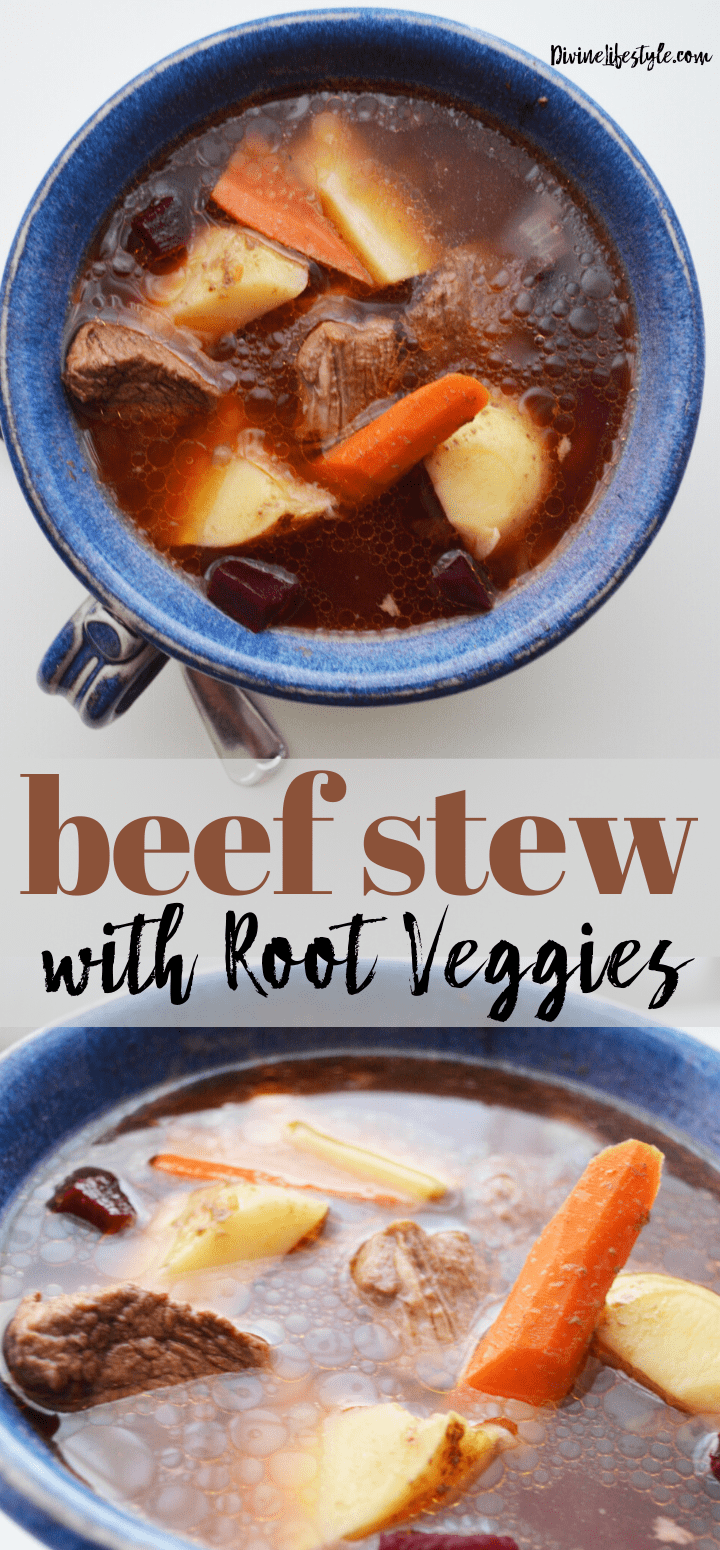
Beyond the Above Variations
Beyond these regional variations, smaller towns and families often have their own unique twists and traditions.
- Vegetables: Regional variations might incorporate different vegetables depending on local availability and preferences. Some stews feature carrots, onions, and potatoes, while others might include cabbage, parsnips, or turnips.
- Herb and Spices: While traditionally featuring parsley and thyme, some regions might add bay leaves, rosemary, or even dill for a unique flavor profile.
- Broth: Some stews use water or beef broth, while others incorporate Guinness, red wine, or even cider for added complexity.
Irish Beef Stew Slow Cooker
Irish beef stew's exact origin remains unclear, but its roots likely lie in Celtic traditions and medieval stewing techniques. The shift from mutton to beef in the 19th century reflects changing economic realities and preferences. Regional variations and cultural significance contribute to its enduring popularity and symbolic status. Modern interpretations balance innovation with tradition, ensuring the stew remains a cherished part of Irish cuisine. Whether you are searching for a traditional beef stew recipe slow cooker or even how to cook beef stew in the slow cooker, our gourmet beef stew recipe slow cooker will not disappoint. We hope that you are inspired by this fun crockpot dinner recipe. Happy cooking!

Best Winter Crockpot Recipes
You May Also Like







Pingback: Spicy Stuffed Bell Peppers in Air Fryer Southwest Stuffed Peppers
Pingback: Inexpensive Yet Thoughtful Wedding Gift Ideas For Couples Amid The Pandemic